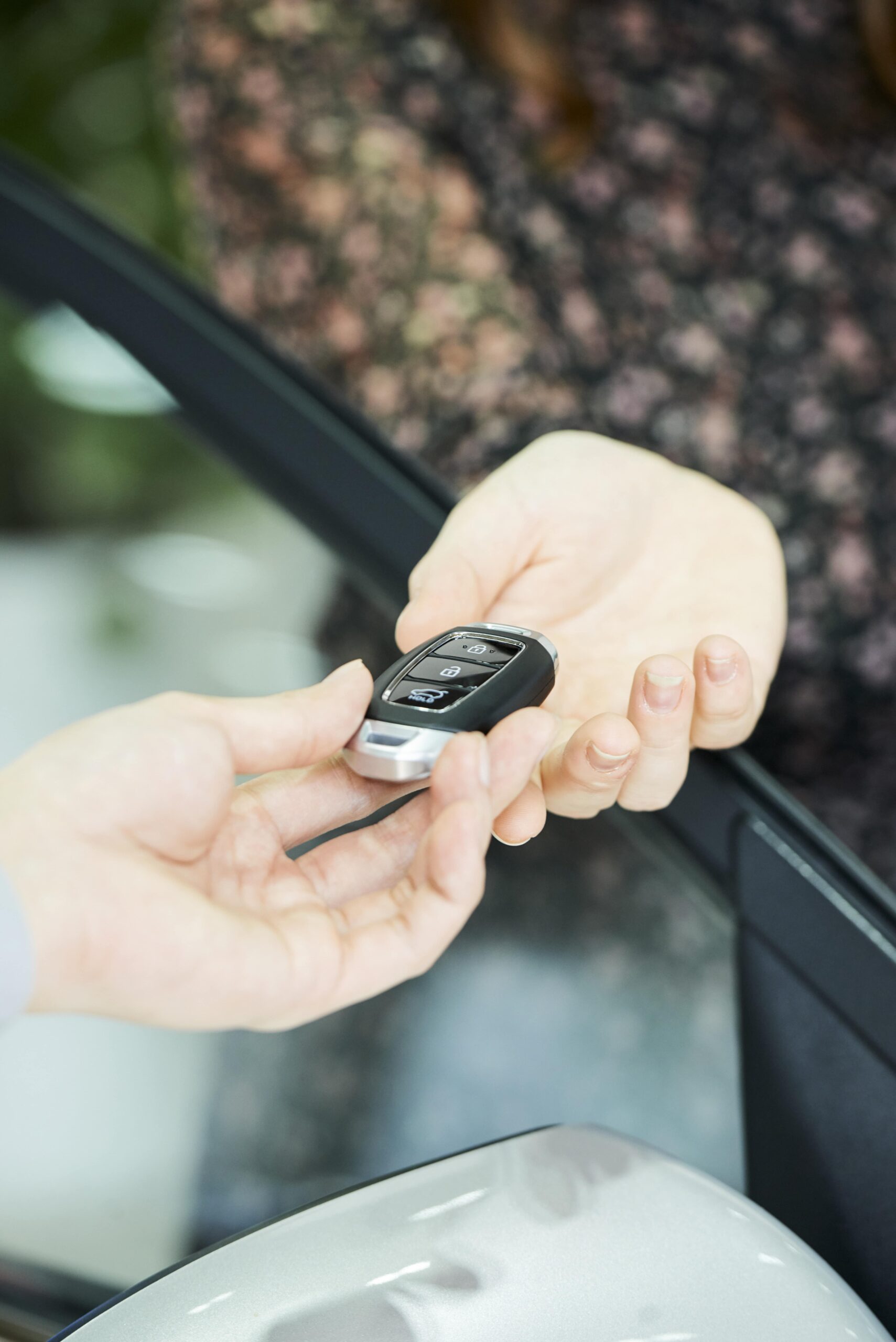Why Ignition Lock Is More Difficult Than You Imagine
페이지 정보
작성자 Antonia 작성일 25-09-20 04:28 조회 7 댓글 0본문
Car Ignition Lock Repair: A Comprehensive Guide
The ignition lock is an important component of any lorry, acting as the user interface between the driver and the car's electrical system. When issues arise with the ignition lock, they can lead to significant troubles and prospective security threats. Understanding how ignition locks work, common issues that can happen, and the steps needed for repair can empower automobile owners to attend to problems proactively or look for assistance from professionals. This post details important info about car ignition lock repair, consisting of common symptoms, repair methods, and maintenance ideas.
What is a Car Ignition Lock?
The ignition lock is a mechanical device that secures the ignition system of a vehicle. It allows the motorist to start the engine and is usually controlled by a key or keypad. The ignition lock engages and disengages various electrical parts, such as the fuel pump and starter motor, when the motorist turns the key or presses the start button.

Structure of the Ignition Lock
| Element | Description |
|---|---|
| Key Cylinder | The part that gets the key and turns when turned. |
| Ignition Switch | The electrical device that activates the engine and accessories. |
| Steering Wheel Lock | A security feature that locks the guiding wheel when the key is not in the ignition. |
| Anti-Theft Mechanism | Functions created to prevent unauthorized starting of the car. |
Common Symptoms of Ignition Lock Problems
Understanding the symptoms of ignition lock issues can assist vehicle owners recognize the problem early and take appropriate action.
- Problem Turning the Key: If the key is challenging to turn, it might suggest a worn or damaged ignition lock.
- Engine Won't Start: A malfunctioning ignition system can prevent the engine from beginning altogether.
- Key Gets Stuck: If the key gets stuck in the ignition lock, it can trigger disappointment and might lead to additional damage.
- No Electrical Power: If turning the key does not trigger any electrical parts, the ignition lock might be faulty.
- Warning Lights: The illumination of cautioning lights on the control panel might recommend issues with the ignition system.
Possible Causes of Ignition Lock Failure
Several elements can add to ignition lock failure. A clear understanding of these causes can help vehicle owners detect problems quicker:
- Wear and Tear: Over time, the mechanical elements of the ignition lock can use down, causing functionality problems.
- Dirt and Debris: Accumulation of dirt, dust, and debris inside the ignition lock can hinder its operation.
- Corrosion: Moisture can lead to rust and rust, which can harm the internal elements of the ignition lock.
- Faulty Key: A key that has been used down or harmed might not engage the ignition lock properly.
- Electrical Issues: Problems with the Car Ignition Switch Repair's electrical system can imitate ignition lock problems.
Car Ignition Lock Repair Process
Repairing an ignition lock needs mindful attention and, sometimes, special tools. Below is a detailed guide to the repair procedure.
Action 1: Diagnosis
- Check the key: Inspect the key for wear or damage. A malfunctioning key can frequently trigger ignition lock concerns.
- Check electrical connections: Ensure that all electrical parts related to the ignition are functioning effectively.
- Utilize a multimeter: Measure voltage output to determine whether any electrical components are malfunctioning.
Step 2: Disassemble the Ignition Lock
- Disconnect the Battery: To avoid electrical shocks, disconnect the battery before working on the ignition system.
- Remove the Cover: Using a screwdriver or wrench, get rid of the steering column cover or any panels to access the ignition lock.
- Take Out the Ignition Lock: Identify and remove the screws holding the ignition lock in location. Thoroughly extract it from the assembly.
Action 3: Repair or Replace Components
- Clean the Lock: Use compressed air and lubricant to tidy dirt and debris from inside the ignition lock.
- Replace Worn Parts: Inspect all internal parts for wear and replace any that are damaged. This may include springs, tumblers, or the ignition switch.
- Reassemble the Ignition Lock: Once repairs are made, thoroughly reassemble the ignition lock and reinstate any covers or panels.
Step 4: Test the Ignition Lock
After reassembly, reconnect the battery and test the Van Ignition Repair lock by inserting the key and turning it to the "On" position to examine any warning lights. Attempt to begin the lorry to make sure that everything is functioning properly.
Maintenance Tips for Ignition Locks
Routine upkeep can lengthen the life of the ignition lock and avoid future problems. Here are some beneficial ideas:
- Lubricate the Lock: Use a graphite-based lubricant to help keep the ignition lock working smoothly.
- Safeguard from Moisture: Ensure that the ignition area is secured from excessive wetness which can cause corrosion.
- Inspect and Clean Keys: Regularly check and tidy keys to prevent dirt accumulation, which can add to ignition lock concerns.
- Handle with Care: Avoid using excessive force when turning the key. Mild handling can avoid unneeded tension on the ignition lock.
Frequently Asked Questions about Car Ignition Lock Repair
1. How much does it cost to repair an ignition lock?
Expenses can vary substantially depending upon the make and design of the lorry, complexity of the repair, and whether any parts require changing. On average, repairs can range from ₤ 100 to ₤ 500.
2. Can I fix an ignition lock myself?
If you have the appropriate tools and understanding, standard ignition lock issues can be repaired in the house. However, intricate issues might need professional support to ensure the repair is done properly.
3. How can I avoid ignition lock problems in the future?
Regular maintenance, such as cleansing, lubricating, and handling your secrets correctly, can assist avoid ignition lock problems.

4. What if my key is stuck in the ignition?
If the key is stuck, guarantee the automobile is in the "Park" position or "Neutral." If the problem continues, it may show a malfunctioning ignition lock that requires professional assistance.
Comprehending the car ignition lock's function and prospective problems can conserve automobile owners time, money, and tension. By recognizing the symptoms of ignition lock failure and knowing the repair procedure, chauffeurs can either deal with the repairs themselves or seek expert support with confidence. Regular maintenance can prevent future issues, making sure that the lorry remains safe and dependable.
- 이전글 You'll Be Unable To Guess Custom Bifold Doors's Tricks
- 다음글 How To Get More Results From Your Counterfeit Money Online
댓글목록 0
등록된 댓글이 없습니다.



